Danse Macabre: The Dance of Death
No one is immune to death, and death eventually comes for us all, whether king, pope, bride, or beggar. This is the theme behind The Dance of Death. The Dance of Death (or Danse Macabre) is a late Medieval genre of art in which death is depicted as a skeletal figure (or figures) dragging people to their demise. It was used as a memento mori to remind audiences of the ephemerality of their lives and the eventual pointlessness of their worldly pursuits.
The Origins and Evolution of the Danse Macabre
The origins of the Danse Macabre are not entirely clear, but it is believed to have emerged in response to the profound and pervasive presence of death in the medieval period. The frequent occurrence of wars, famines, and especially the Black Death significantly influenced the medieval psyche. The idea that death spares no one, regardless of status or wealth, resonated deeply with people who lived through such turbulent times.
The earliest known examples of Danse Macabre appeared as murals in cemeteries and churchyards, serving both as a reminder of mortality and a call to repentance. These early representations often featured a procession of people from all walks of life being led to their graves by grinning skeletons. The concept quickly spread across Europe, finding expression in various forms, including paintings, woodcuts, and literary works.
The Black Death and Its Impact
The Middle Ages were fraught with suffering, and the Black Death was one of the most devastating events of the period. The plague, which struck Europe in the mid-14th century, killed an estimated 75-200 million people in Eurasia. It was a rapidly spreading disease, with approximately 80% of the infected dying within eight days. The Black Death returned periodically until the 17th century, each outbreak bringing renewed fear and death.
The omnipresence of death during these times led to a heightened awareness of mortality and an increased focus on penance and religious devotion. People sought to ensure their worthiness for heaven in the face of sudden and often violent death. At the same time, the unpredictable nature of life led to a paradoxical increase in interest in festivities and amusements, a way to grasp at fleeting joys. The Dance of Death uniquely encapsulated this duality, blending somber reminders of mortality with elements of dark humor.
The Role of the Danse Macabre in Medieval Society
The Dance of Death became a popular form of performance art in medieval and Renaissance Europe. It was not merely a visual or literary motif but often enacted in public spaces, with participants role-playing the deaths of various societal figures. These performances could be seen in peasant villages and royal courts alike, reflecting the universal relevance of the theme.
Participants dressed as skeletons or other symbols of death would dance with people representing different social statuses, from kings and popes to peasants and children. This performance served as a stark reminder that death comes for everyone, regardless of their earthly achievements or social rank. The Dance of Death thus functioned as both a moral lesson and a form of entertainment, blending the macabre with a touch of the comedic.
Hans Holbein the Younger's Dance of Death
Among the many artistic representations of the Danse Macabre, Hans Holbein the Younger’s work stands out as particularly significant. Holbein, a renowned painter and printmaker, created a series of woodcuts known as the Dance of Death between 1523 and 1526. Although Holbein designed the images, the woodcuts were executed by the skilled engraver Hans Lützelburger, whose craftsmanship has been praised as some of the finest in the medium.
The first edition of Holbein’s Dance of Death was published in 1538, featuring forty-one woodcuts. The book’s success was immediate and widespread, with eleven editions produced by 1562 and as many as a hundred unauthorized editions circulating throughout the 16th century. Later editions included an additional ten illustrations, expanding the series.
Holbein’s woodcuts are notable for their intricate detail and the subtlety with which they convey the theme of mortality. In many of the illustrations, the artist has hidden an hourglass, symbolizing that time has run out for the depicted figures. Each image portrays a different social class or profession, from the emperor to the peasant, all accompanied by death in various forms. Holbein’s Dance of Death thus presents a comprehensive and poignant commentary on the inevitability of death and the folly of human vanity.
The Symbolism and Legacy of the Danse Macabre
The Danse Macabre’s symbolism is rich and multifaceted. The skeletal figures, often depicted in dynamic and even playful poses, serve as a reminder that death is both a certainty and a great equalizer. The inclusion of figures from all walks of life emphasizes the universality of this message. The hourglass, a common motif in these artworks, underscores the idea that time is fleeting and that death can arrive at any moment.
The legacy of the Danse Macabre extends beyond the medieval period. It influenced a wide range of artistic expressions, from literature and theater to visual arts and music. The theme of the Dance of Death can be seen in later works, such as the Totentanz in German Baroque music and the macabre imagery in Gothic literature.
The concept of the Danse Macabre continues to resonate in contemporary culture. It serves as a reminder of mortality in a world that often seeks to deny or ignore it. The dark humor and poignant symbolism of the Dance of Death remind us that life is precious precisely because it is finite.
Conclusion
The Danse Macabre, or the Dance of Death, is a powerful and enduring symbol of mortality and the transient nature of life. Emerging in the late medieval period, it responded to the pervasive presence of death in a time of wars, famines, and plagues. Through its depiction of death leading people from all walks of life to their graves, the Dance of Death conveyed a universal message: death spares no one.
The Black Death, with its immense death toll and recurrent outbreaks, significantly influenced the development of the Danse Macabre. It heightened awareness of mortality and drove people to seek both penance and pleasure in the face of uncertain life. The Dance of Death thus became a form of moral instruction and entertainment, blending the somber and the comedic.
Hans Holbein the Younger’s Dance of Death remains one of the most celebrated representations of this theme, with its detailed and evocative woodcuts. The legacy of the Danse Macabre endures in various forms of art and continues to remind us of the inevitability of death and the fleeting nature of life. Through its dark humor and poignant symbolism, the Dance of Death remains a compelling reflection on the human condition.


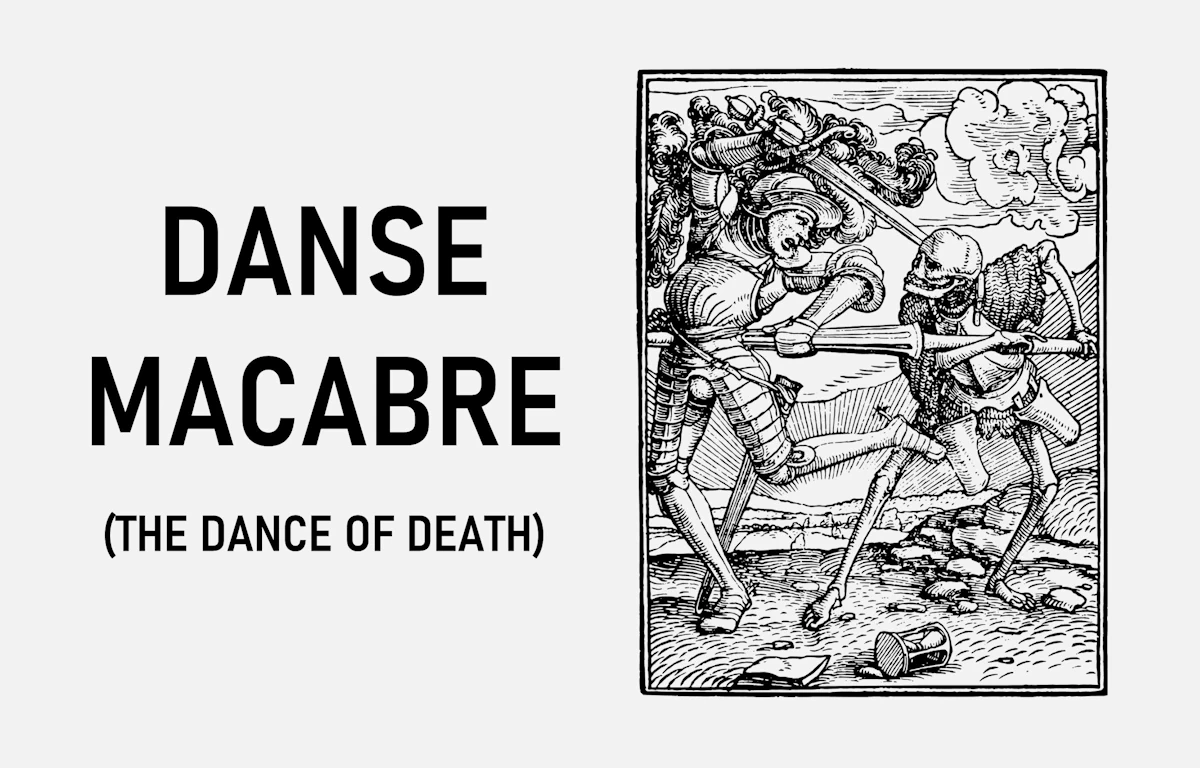
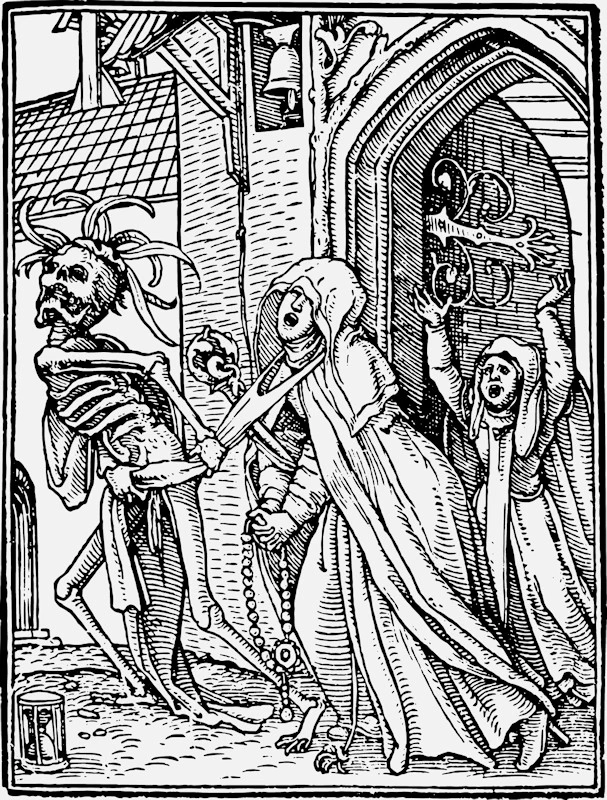
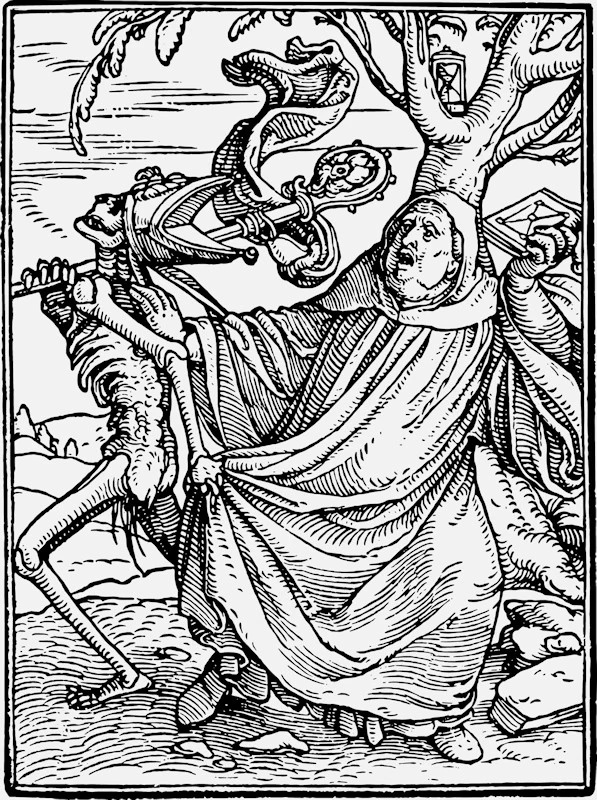
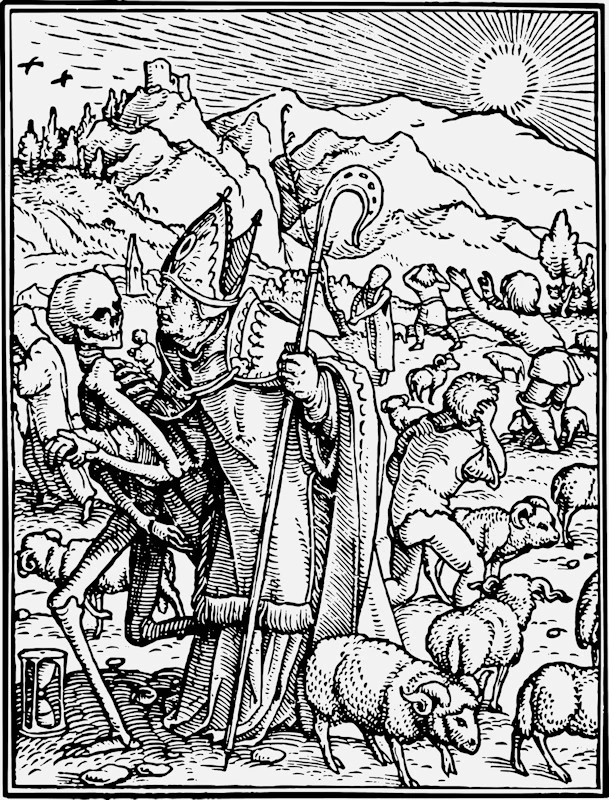
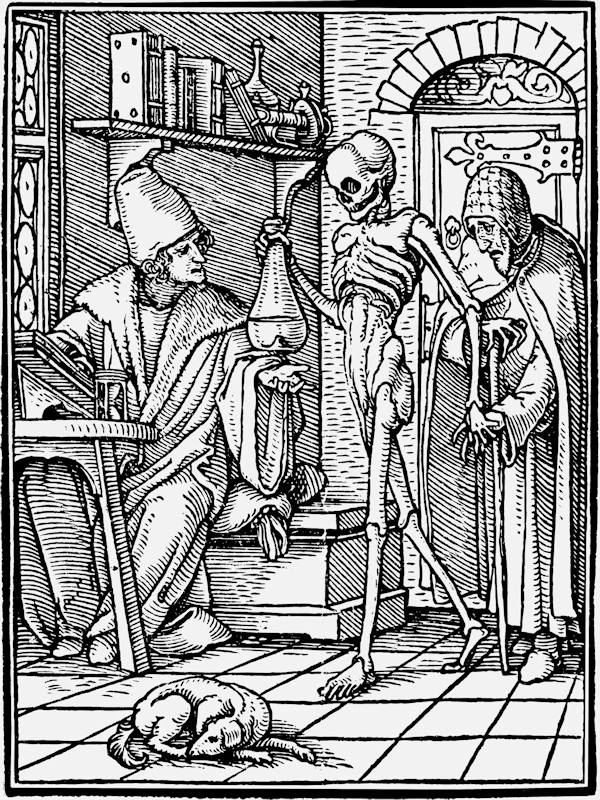
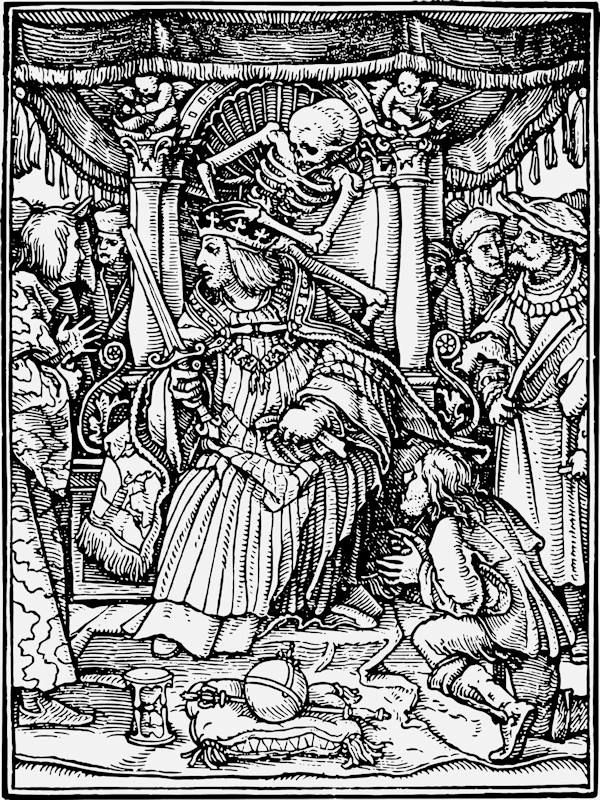
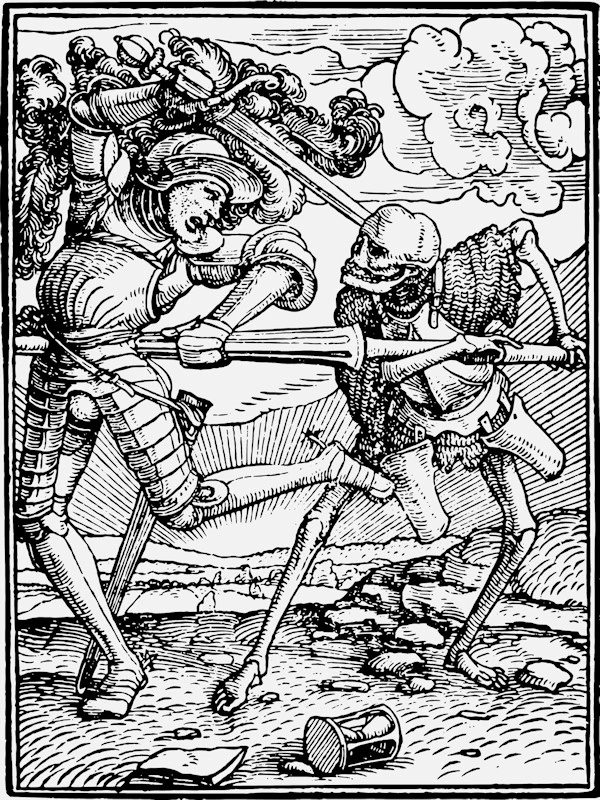
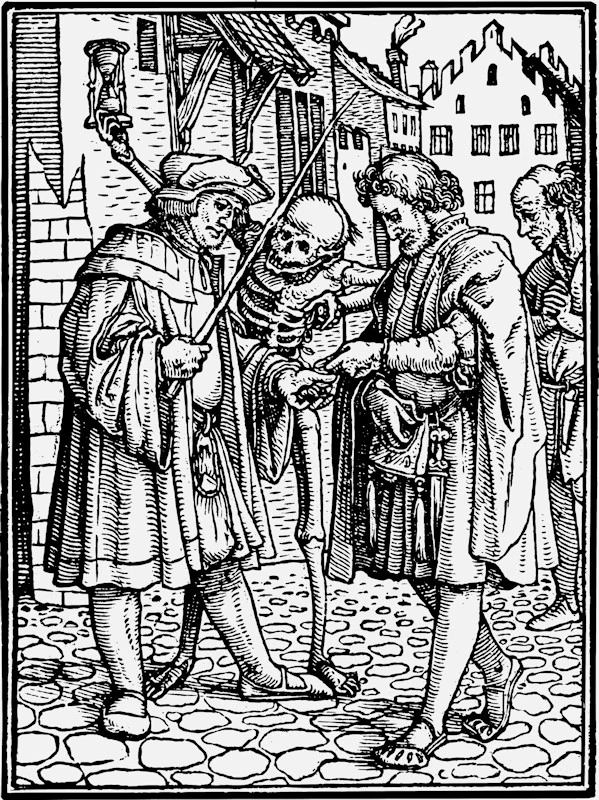
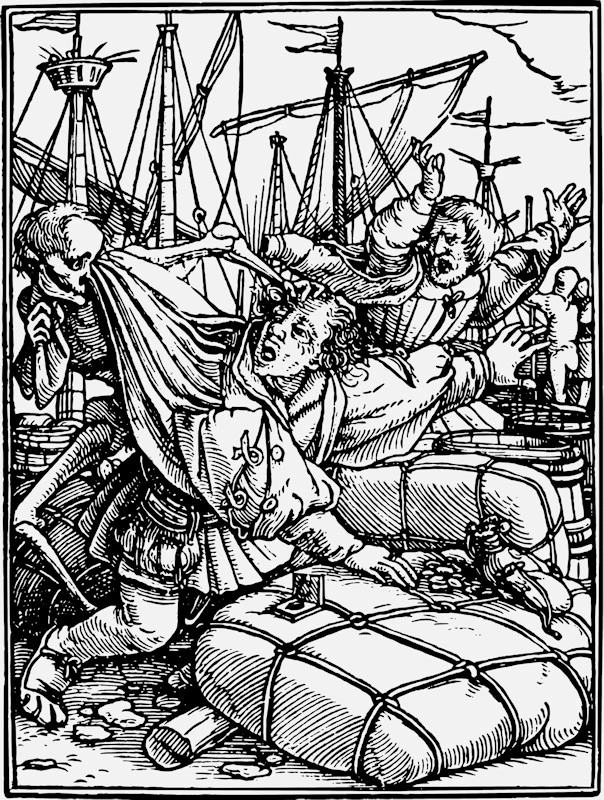
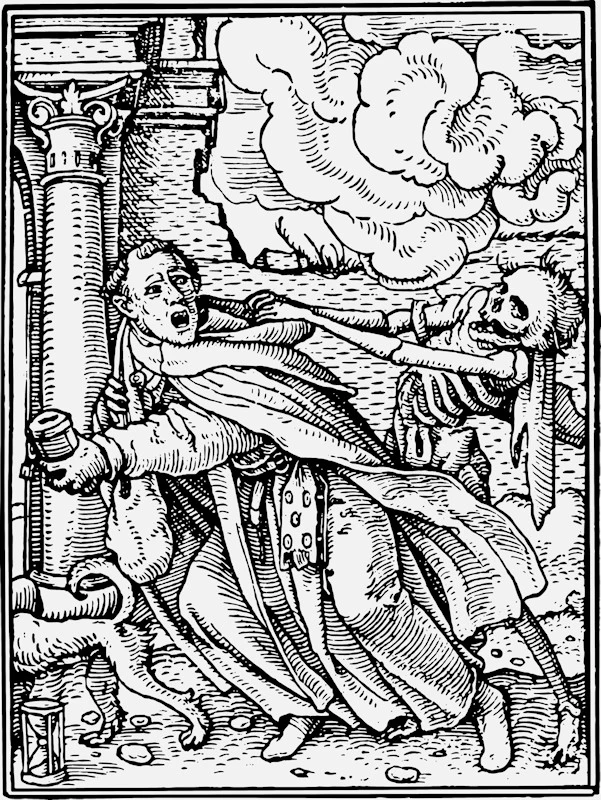
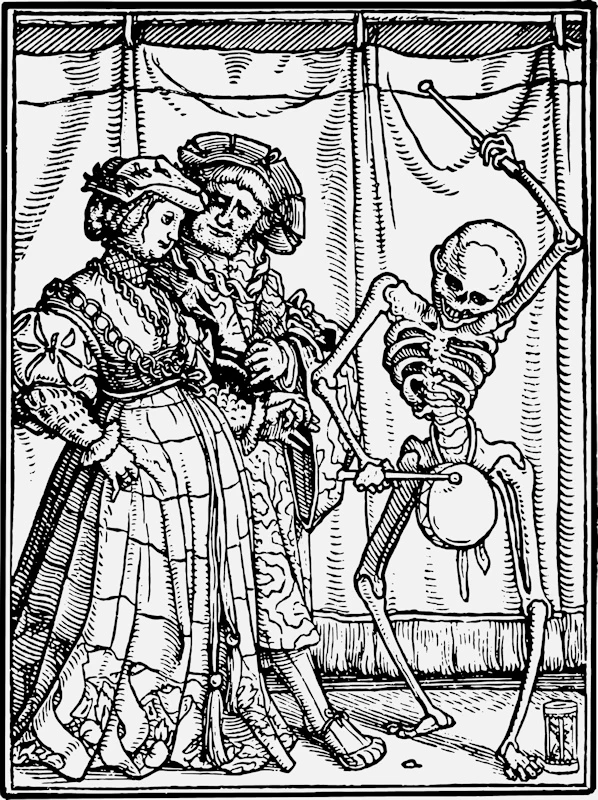
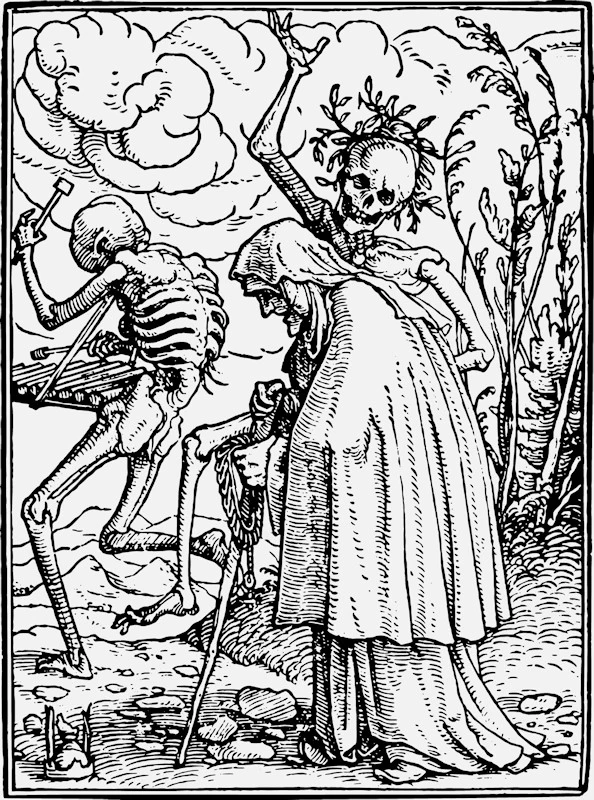
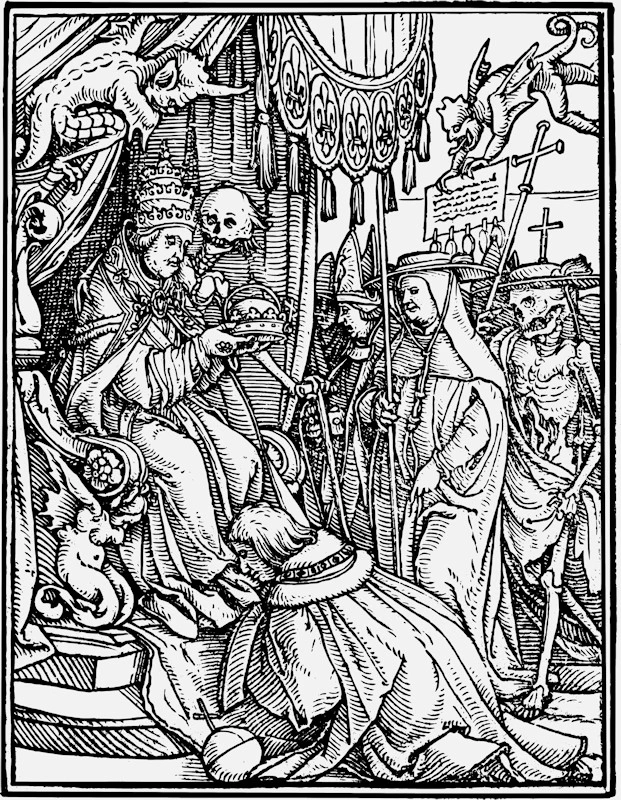
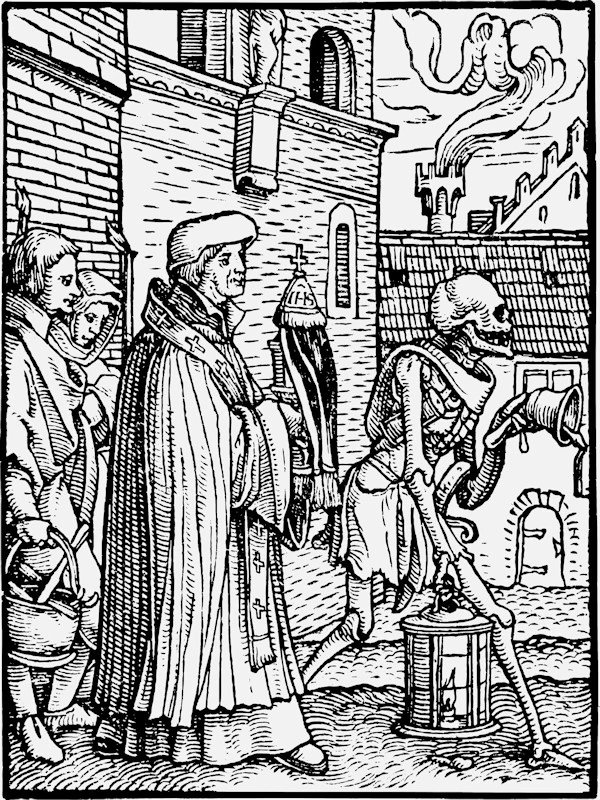
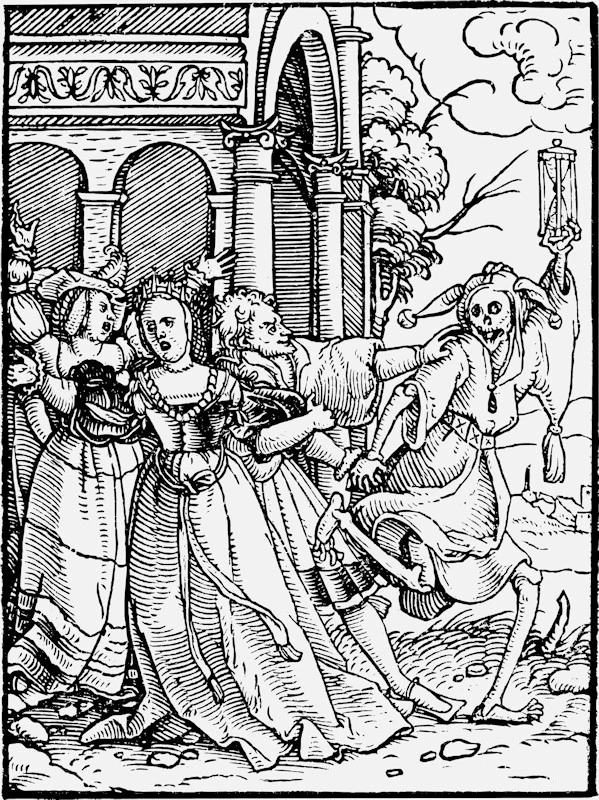
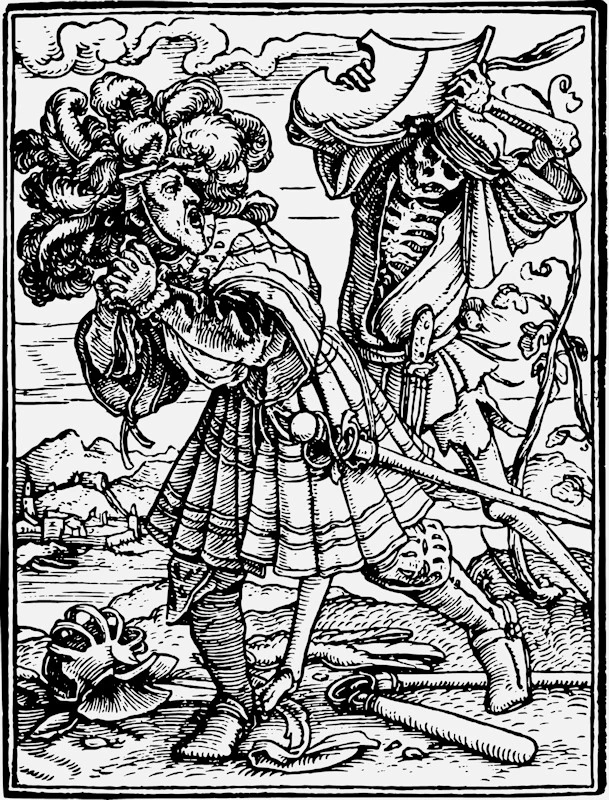
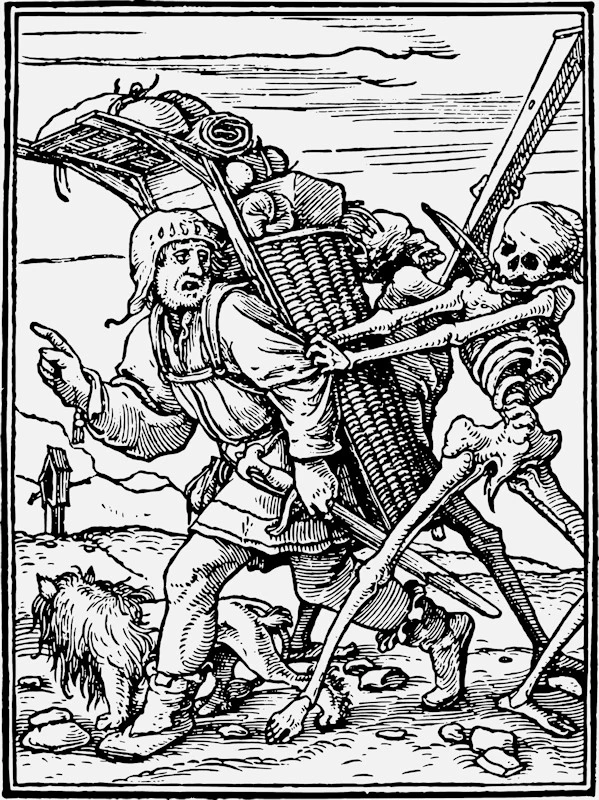
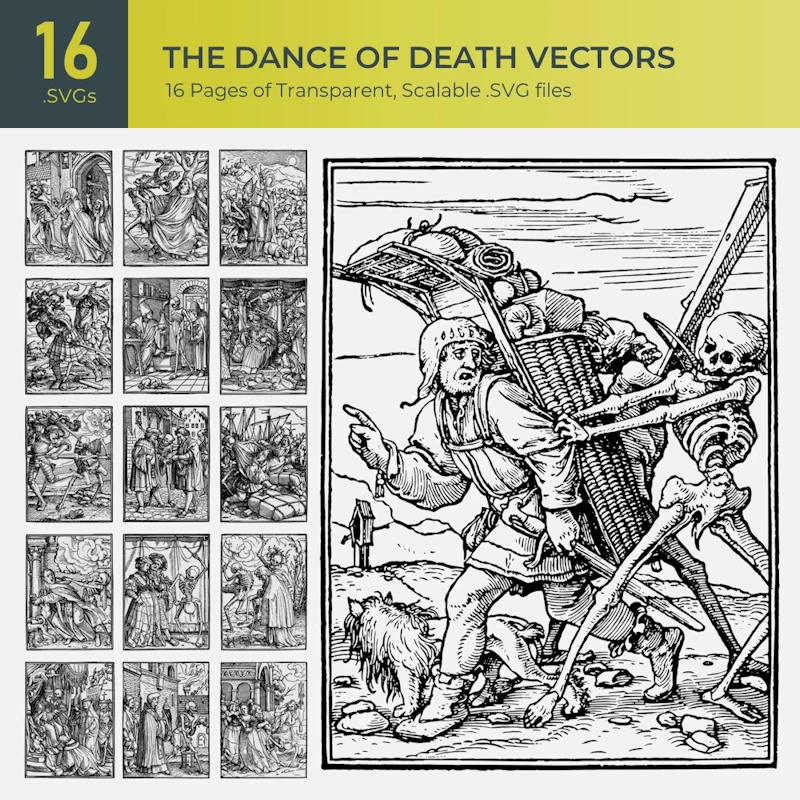
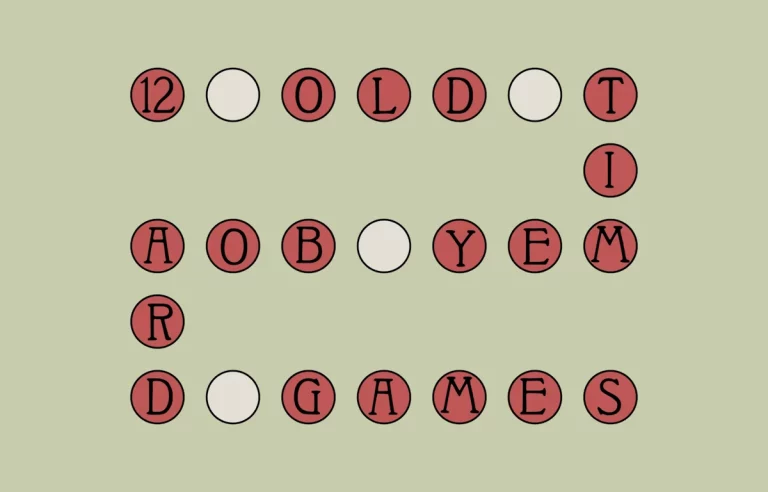
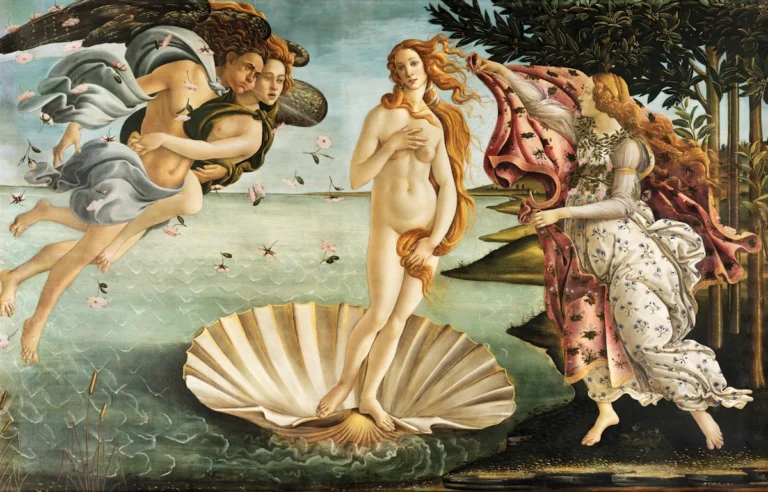
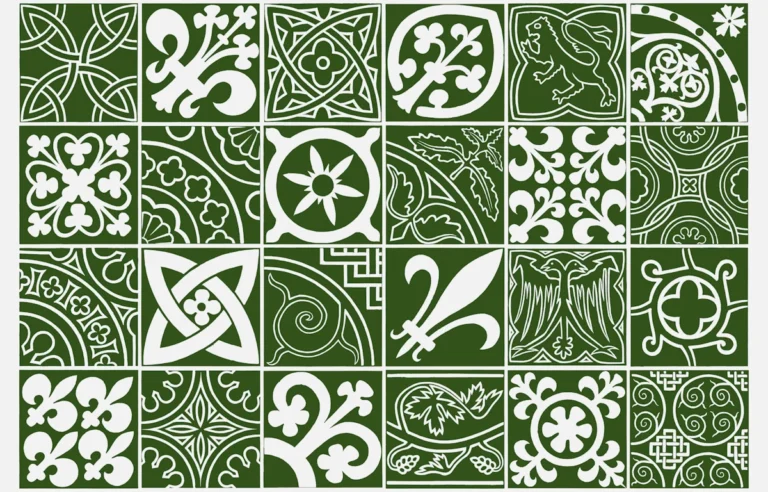
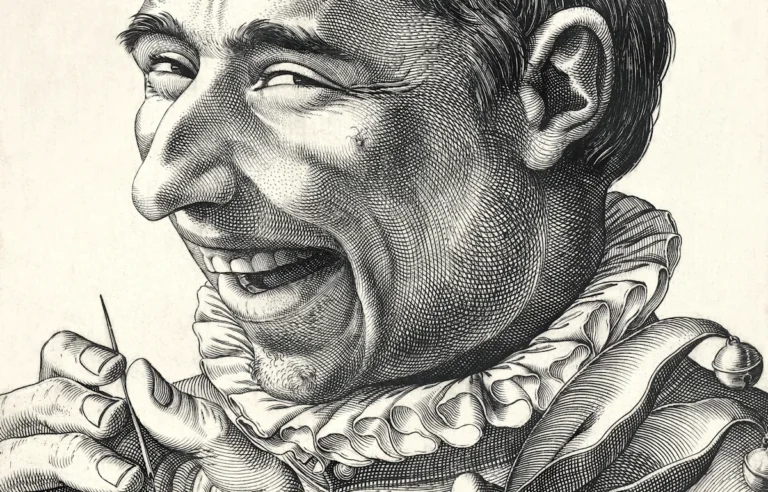
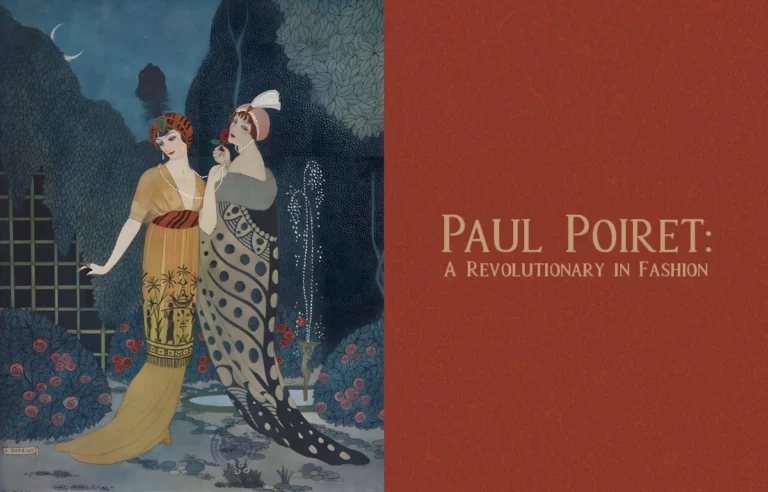
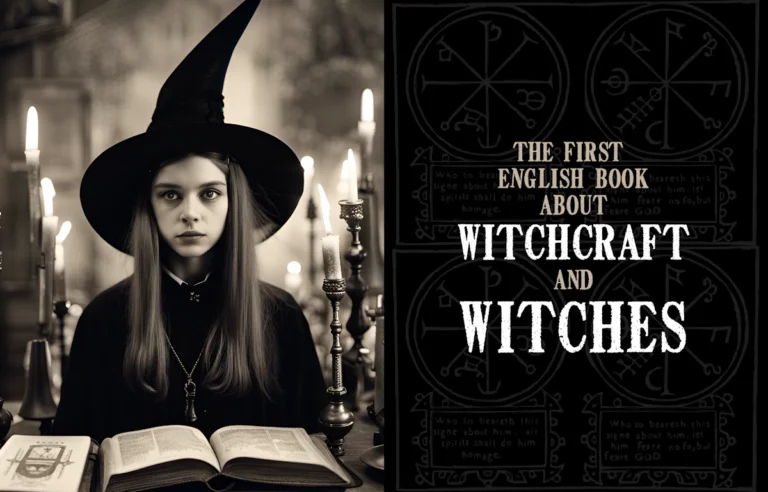
One Comment
Comments are closed.